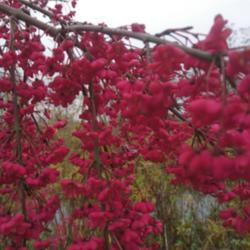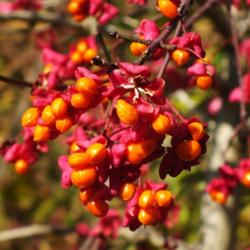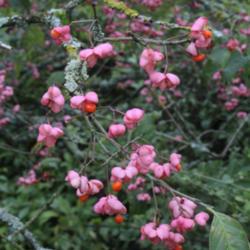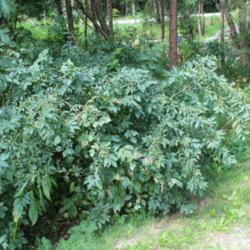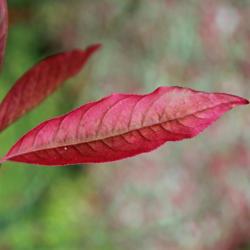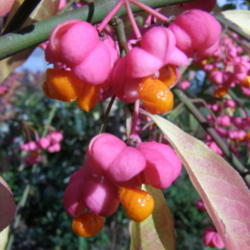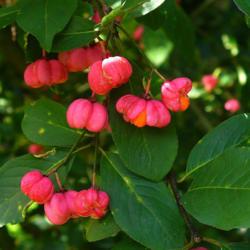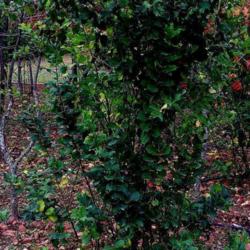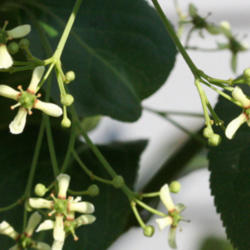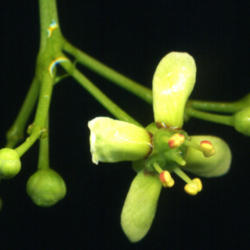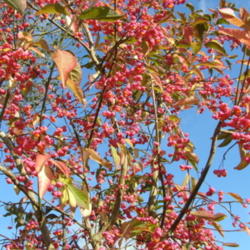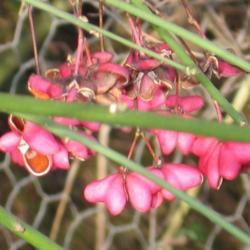| Plant Habit: | Tree |
| Life cycle: | Perennial |
| Sun Requirements: | Full Sun Full Sun to Partial Shade Partial or Dappled Shade Partial Shade to Full Shade |
| Water Preferences: | Mesic Dry Mesic Dry |
| Soil pH Preferences: | Neutral (6.6 – 7.3) |
| Minimum cold hardiness: | Zone 4a -34.4 °C (-30 °F) to -31.7 °C (-25 °F) |
| Maximum recommended zone: | Zone 7b |
| Plant Height: | usually 12 to 15 feet, even to 30 feet |
| Plant Spread: | usually 10 to 15 feet, even to 25 feet |
| Leaves: | Good fall color Unusual foliage color Deciduous |
| Fruit: | Showy |
| Fruiting Time: | Late summer or early fall Fall |
| Flowers: | Inconspicuous |
| Flower Color: | Green White Yellow |
| Bloom Size: | Under 1" |
| Flower Time: | Late spring or early summer |
| Uses: | Windbreak or Hedge |
| Wildlife Attractant: | Birds |
| Propagation: Seeds: | Stratify seeds: 10 weeks if you sow indoors Days to germinate: can take up to 12 months Depth to plant seed: cover the seeds thin Suitable for wintersowing Sow in situ Start indoors Can handle transplanting |
| Pollinators: | Various insects |
| Miscellaneous: | Tolerates poor soil Monoecious |

